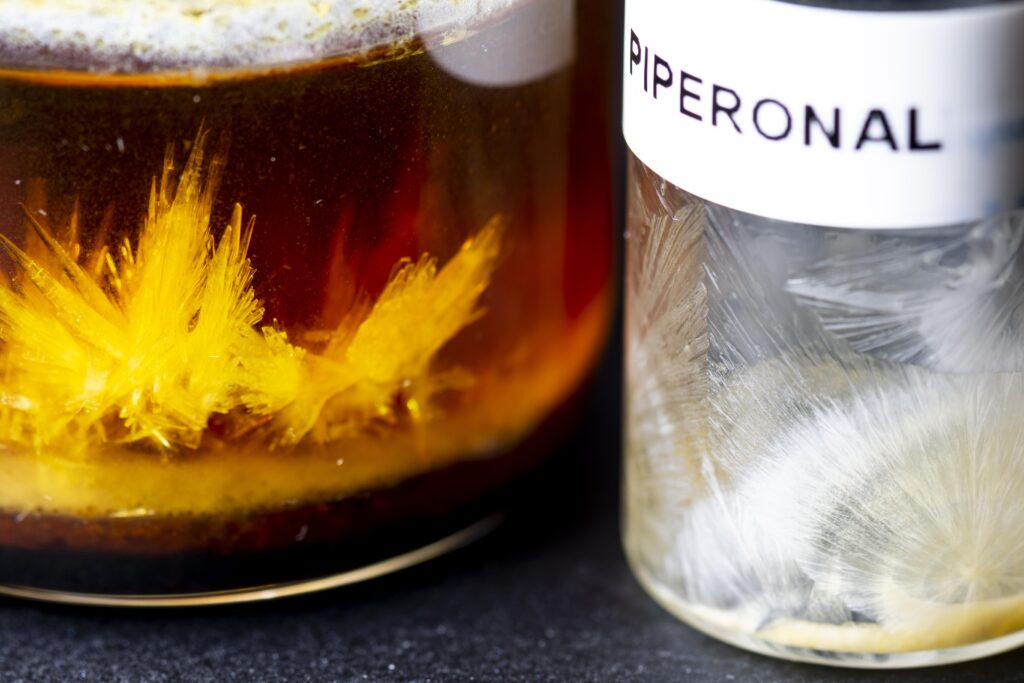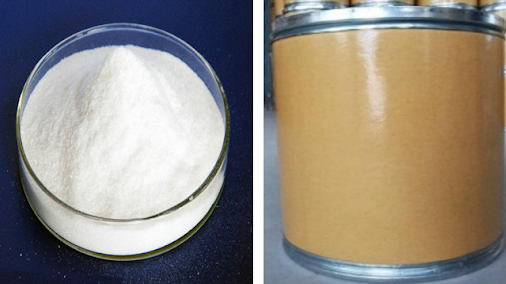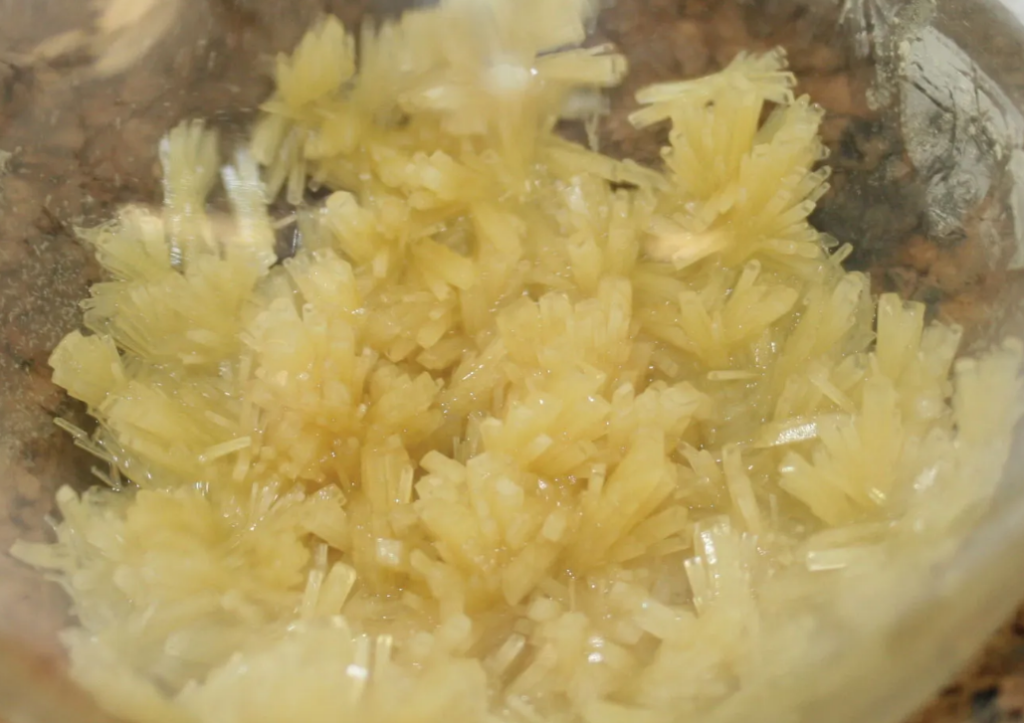Introduction
Piperonal, also known as heliotropin, CAS 120-57-0, is a naturally occurring aromatic aldehyde that is prized for its distinctive floral fragrance and versatility in chemical synthesis. First isolated from plants such as Piper nigrum (black pepper) and Sassafras albidum, piperonal is widely recognized in the fragrance industry for its sweet, vanilla-like scent, making it a popular component in perfumes, flavorings, and cosmetics. Beyond its aromatic qualities, piperonal’s chemical structure makes it useful in various organic reactions in the production of pharmaceuticals, agrochemicals, and other fine chemicals.

The molecular structure of piperonal consists of a benzene ring with an aldehyde group and a methylenedioxy group attached to it. In addition, piperonal’s natural occurrence and relative ease of extraction from essential oils contribute to its widespread availability. The compound can be synthesized through several methods. This accessibility, combined with its pleasant aroma and chemical versatility, has resulted in a broad range of applications, from serving as a fragrance stabilizer in cosmetics to acting as a precursor in the synthesis of pharmaceutical compounds such as L-DOPA, a medication used in treating Parkinson’s disease.
In recent years, piperonal has attracted attention not only for its commercial applications but also due to its regulatory status in various countries, because piperonal can be used as a precursor in the synthesis of certain controlled substances like MDMA, its production, distribution, and use are subject to regulation under international and national laws.
In this article, we will explore the physical and chemical properties of piperonal, its synthetic routes, the reactions it undergoes, and its applications across different industries.

Physical and Chemical Properties of Piperonal
Piperonal CAS 120-57-0, is an organic compound with the molecular formula C8H6O3. It is a white or slight yellow crystalline solid that has a distinct floral odor resembling vanilla and heliotrope flowers. Piperonal has a molecular weight 150.13 g/mol, density – 1.34 g/cm3 and a melting point 37°C, making it a solid at room temperature. It is moderately soluble in organic solvents such as ethanol, diethyl ether, and chloroform but has limited solubility in water. The compound’s boiling point is around 264°C, although it can undergo slight decomposition when heated to high temperatures.
Chemically, piperonal belongs to the class of aromatic aldehydes. Its chemical structure features a methylenedioxy group attached to a benzene ring, along with an aldehyde functional group. The methylenedioxy group makes it more resistant to oxidation, but the aldehyde group remains reactive, allowing piperonal to undergo a variety of chemical transformations.
Synthesis of Piperonal
Piperonal CAS 120-57-0, can be synthesized by several routes, the most common of which start from readily available precursors such as piperine or 3,4-dihydroxybenzaldehyde. The choice of synthetic route depends on cost and the purity of the final product. A widely used method involves the oxidative cleavage of piperine, which itself is derived from black pepper.
Oxidative cleavage of piperine with aqueous potassium permanganate in tetrahydrofuran. An aqueous solution of potassium permanganate is added dropwise to a solution of piperine at 60°C. The mixture is stirred for 4 h before the resulting precipitate of manganese dioxide is filtered off, leaving a pale yellow solution. The sample is extracted with diethyl ether. The ether is evaporated in vacuum to give 65% of a dark yellow-orange oil which solidifies on cooling.

Oxidative cleavage of piperine by ozonolysis. A stream of ozone is passed through a solution of piperine in 5% water in acetone for 8 h. The solution is extracted with two portions of diethyl ether, yield ~97%.

Synthesis of piperonal from 3,4-dihydroxybenzaldehyde (can be prepared from vanillin). For this reaction, a solution of 3,4-dihydroxybenzaldehyde and dichloromethane in N-methylpyrrolidinone is added to a suspension of potassium carbonate in N-methylpyrrolidinone. The resulting brown mixture is stirred at 120°C for 3 h. The sample is extracted with two portions of toluene. The solvent is evaporated in vacuo, yielding 83% brown oil.


Chemical Reactions of Piperonal
Piperonal, CAS 120-57-0, is a chemical compound that participates in various chemical reactions due to its aromatic aldehyde structure and methylenedioxy functionality. The presence of the aldehyde group attached to the benzene ring makes piperonal highly reactive. These properties allow piperonal to serve as a key intermediate in organic synthesis with applications in the creation of a variety of molecules.
Piperonal can be easily reduced to piperonyl alcohol via nucleophilic addition of hydride ions to the carbonyl carbon of the aldehyde group. Reducing agents such as sodium borohydride or lithium aluminum hydride. Piperonyl alcohol is a valuable intermediate for further synthetic transformations.

Reduction of piperonal to piperonyl alcohol.
Piperonal can be oxidized to piperonylic acid by oxidizing agents. This oxidation targets the aldehyde group, converting it to a carboxylic acid. Piperonylic acid is a useful intermediate in the synthesis of bioactive molecules. To oxidize piperonal, piperonal, monosodium phosphate, and 2-methyl-2-butene are added to a solution of tert-butanol and water with stirring. Sodium hypochlorite is added to the resulting reaction mixture and stirred for 2 hours at room temperature. Water and hydrochloric acid are then added, and the mixture is extracted with ethyl acetate, the yield is 86%.

3,4-Methylenedioxyphenyl-2-nitropropene (MDP2NP) can be obtained from piperonal. Piperonal is mixed with nitroethane and ammonium acetate and dissolved in glacial acetic acid. The resulting solution is stirred at reflux for 6 hours until a dark orange-brown color is achieved. Water is then added to the mixture, and it is extracted with dichloromethane. The solvent is evaporated in vacuo to give 85% of a brown solid. This reaction is used for further synthesis of MDMA.

The range of chemical reactions that piperonal can undergo, demonstrates its versatility as a reactive intermediate in organic synthesis.

Applications of Piperonal
Piperonal CAS 120-57-0, is a versatile compound with numerous applications across various industries, due to its distinctive fragrance and its chemical reactivity.
One of its most prominent uses is in the fragrance and flavor industry, where its sweet, floral scent, reminiscent of vanilla and heliotrope flowers, makes it a popular ingredient in perfumes, soaps, and cosmetics. Its ability to enhance and stabilize fragrance blends also makes it a valuable fixative in perfumes. In addition to perfumery, piperonal is used as a flavoring agent in the food industry, where it adds a subtle sweet, floral note to products such as baked goods, candies, and beverages.
Beyond its role in fragrance and flavoring, piperonal is also a crucial intermediate in the pharmaceutical industry. One notable example is its use in the production of L-DOPA, a medication commonly used to treat Parkinson’s disease. Piperonal is converted into intermediates that help build the L-DOPA structure, demonstrating its value in the development of pharmaceuticals. Additionally, piperonal has been investigated for its potential in the synthesis of other bioactive compounds, such as antimicrobial agents and natural product derivatives, further expanding its importance in medicinal chemistry. Piperonal is also a precursor in the synthesis of controlled substances such as MDMA, MDA, MDEA and others.
In the agrochemistry, piperonal plays a role in the synthesis of pesticides and insect repellents. For instance, it is used in the formulation of mosquito repellents, as its natural fragrance can mask the human scent that attracts insects. Piperonal’s structure has also led to its use in the synthesis of safrole derivatives.

Health Effects of Piperonal
Piperonal CAS 120-57-0, it is considered relatively safe for consumer use in diluted forms, handling piperonal in a laboratory setting requires appropriate precautions. As with many chemical compounds, prolonged or high-level exposure can pose health risks, especially when proper safety protocols are not followed. The most significant health effects of piperonal in a laboratory setting, its irritant properties and its potential to cause allergic reactions.
Inhalation of piperonal dust or vapor can lead to respiratory irritation. Inhalation can result in symptoms such as coughing, shortness of breath, or throat irritation, particularly in confined or poorly ventilated spaces. Prolonged exposure may aggravate existing respiratory conditions like asthma.
Skin contact with piperonal can result in irritation, with symptoms such as redness, itching, or rash. In sensitive individuals, piperonal may act as a contact allergen, potentially triggering allergic dermatitis.
Eye contact with piperonal, whether in solid form or as vapor, can cause eye irritation and discomfort. The compound can react with the sensitive tissues of the eye, resulting in redness, watering, or a burning sensation.

Safety Precautions
Working with piperonal, CAS 120-57-0, in the laboratory requires safety protocols to prevent exposure-related risks. Appropriate handling, storage, and disposal of piperonal, coupled with the use protective equipment (PPE) and engineering controls, can minimize the risks associated with its use.
Personal Protective Equipment (PPE)
When handling piperonal in the laboratory, it is important to use the correct personal protective equipment to prevent direct contact with the substance. Nitrile or neoprene gloves are preferred. Safety goggles or a face shield should be worn to protect the eyes from accidental splashes, particularly when working with piperonal in liquid or solution form. A lab coat or protective clothing is recommended to prevent accidental contamination of personal clothing. In situations where piperonal vapor or dust is present, such as during heating or grinding of the solid compound, a suitable respirator may be necessary to avoid inhalation of airborne particles or vapors.
Ventilation
Proper ventilation is an important element in maintaining a safe working environment when handling piperonal. If a fume hood is unavailable, other forms of local exhaust ventilation should be used to ensure adequate air circulation and to prevent the accumulation of piperonal vapors in the laboratory.
Storage
Piperonal should be stored in sealed containers to avoid contamination or vapor release. It should be kept in a cool, dry, and well-ventilated storage area away from heat sources, open flames, or other flammable materials, as piperonal is combustible. Additionally, it should be stored away from strong oxidizers, acids, or bases, which could react with the compound and cause hazardous conditions.
Conclusion
Piperonal, CAS 120-57-0, a versatile and widely used aromatic aldehyde. Its pleasant, floral aroma, resembling vanilla and heliotrope and piperonal’s ability to act as a chemical intermediate in organic synthesis has expanded its applications into pharmaceuticals, illegal production and agrochemicals. Despite its widespread utility, handling piperonal in the laboratory requires caution.
Bibliography
- Piperine Extraction From Black Paper https://bbgate.com/threads/piperine-extraction-from-black-paper.12302/
- Extraction of Piperine with Subsequent Synthesis of Piperic acid and Its UNSUCCESSFUL Oxidation to Piperonal https://bbgate.com/threads/extraction-of-piperine-with-subsequent-synthesis-of-piperic-acid-and-its-unsuccessful-oxidation-to-piperonal.7334/
- Aukunuru J. et al. Synthesis of novel piperonal derivatives and evaluation of their anticonvulsant activity using a nanoparticular formulation //Int. J. Pharm. Sci. Nanotechnol. 2009, Issues 2, Pages 435-442 https://www.researchgate.net/profile/Jithan-Aukunuru/publication/313894027_Synthesis_of_Novel_Piperonal_Derivatives_and_Evaluation_of_their_Anticonvulsant_Activity_using_A_Nanoparticular_Formulation/links/58ae67e492851cf7ae85b98c/Synthesis-of-Novel-Piperonal-Derivatives-and-Evaluation-of-their-Anticonvulsant-Activity-using-A-Nanoparticular-Formulation.pdf
- Synthesis and impurity profiling of MDMA prepared from commonly available starting materials Ryan Gallagher, Ronald Shimmon, Andrew M. McDonagh, Forensic Science International,Volume 223, Issues 1–3,2012,Pages 306-313 https://doi.org/10.1016/j.forsciint.2012.10.006/
